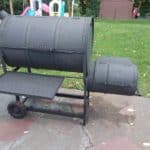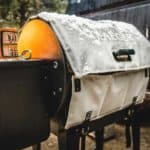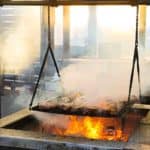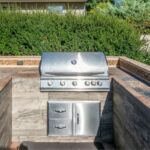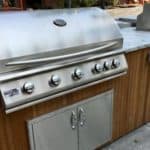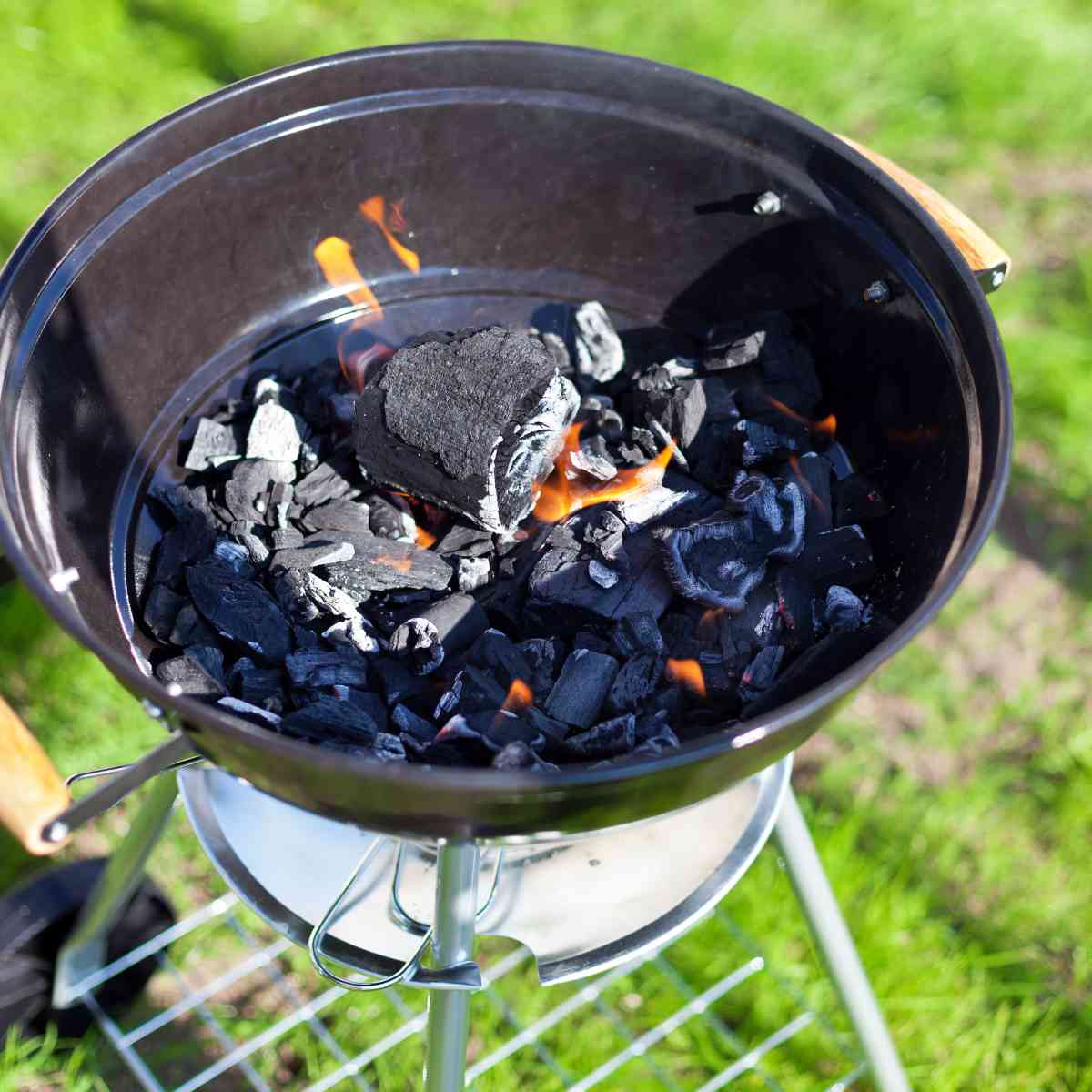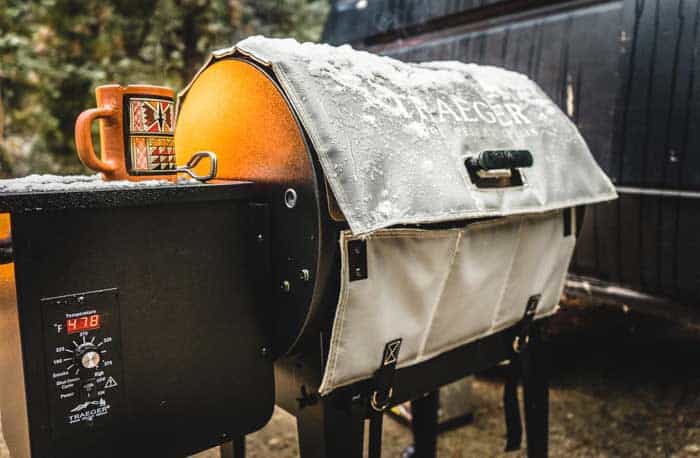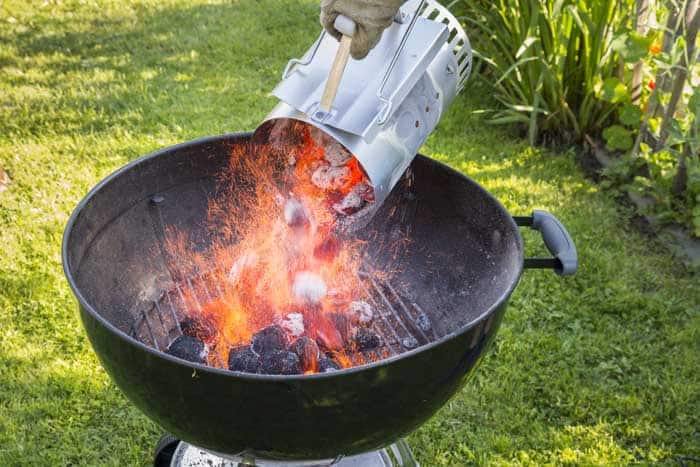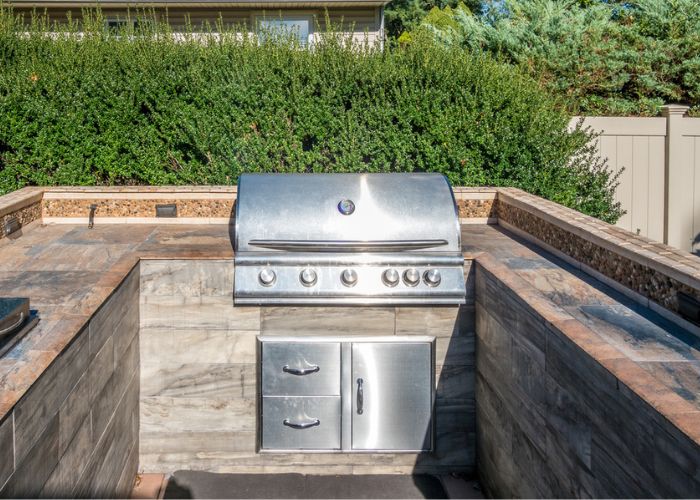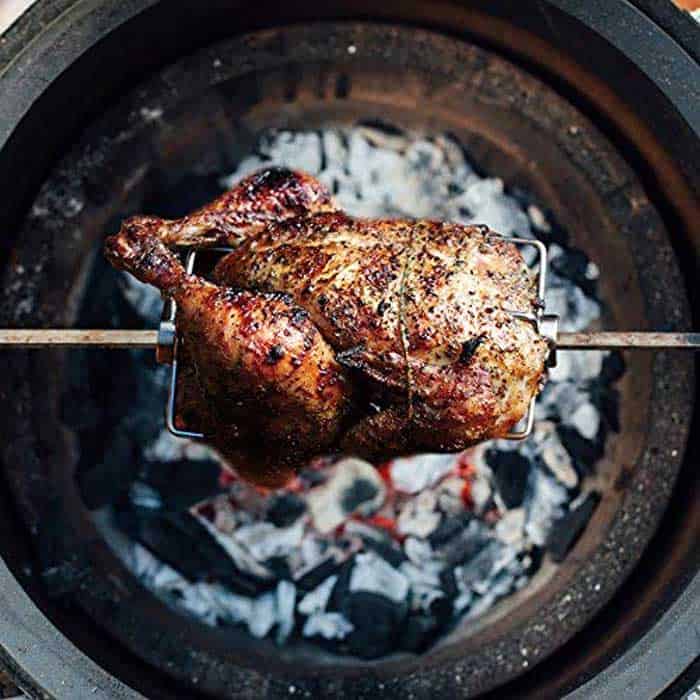Discover how to make DIY charcoal for grilling and barbecue today. The best wood choices and easy step-by-step instructions for perfect homemade coals.
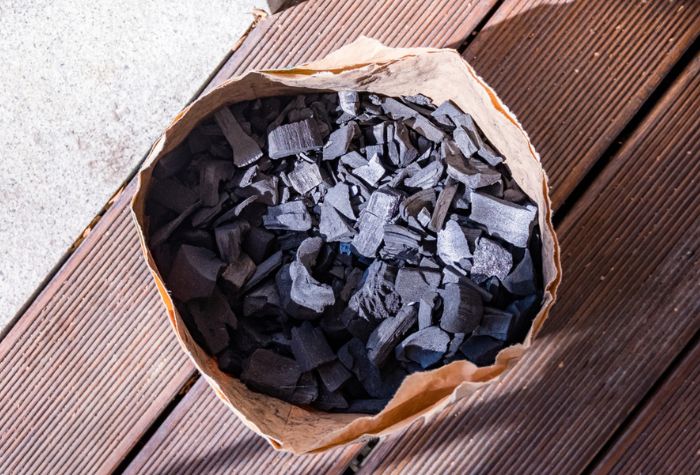
If you’re given the option between using a gas or charcoal grill for your next BBQ, the only choice that’ll give you the authentic and classic smokey taste you’re after is the good old charcoal grill.
Today we look closer at what charcoal is, whether it’s better to use charcoal or briquettes when grilling, and how easy it is to make your own lump charcoal at home.
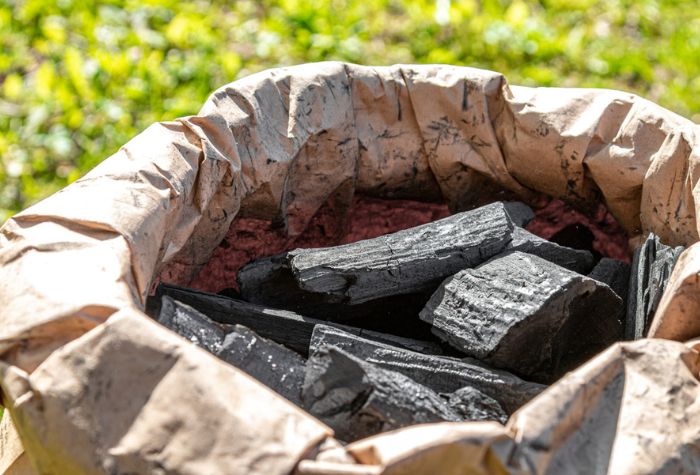
How is Charcoal Made?
Charcoal is made in a process that essentially hasn’t changed in the past 30,000 years.
Charcoal is what is left of wood that has been burnt in an environment with a low oxygen concentration level. The low levels of oxygen mean that certain compounds in the wood (such as sap, tar, gases, and water) can burn off easily. The reaction can then be stopped before the wood fully burns and turns to ash.
You are left with lumps of charred wood that are just a quarter of their original weight, yet can burn hotter and longer with less smoke and harmful gases.
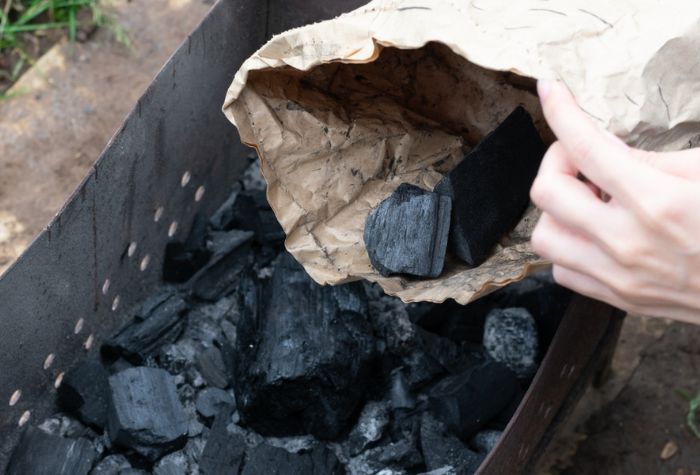
Lump Charcoal vs. Briquettes
There are many fiercely fought arguments in the grilling world, from grill setups to meat resting. However, none are as divisive as the lump charcoal vs. charcoal briquette debate. Let’s take a look at some of the main differences between the two:
Lump Charcoal
- Lump charcoal is made from pure hardwood: This can be logs that have been chopped from a felled tree and split or off-cuts of processed hardwood lumber.
- Lump charcoal can have varying burn times: As lump charcoal isn’t a regular set shape, it can have different burn times. Small chunks will burn quicker, whereas larger lumps of wood may not be fully charred all the way to the center and maybe burn more slowly.
Charcoal Briquettes
- Charcoal briquettes are made with wood by-products: Briquettes are composite ‘bricks’ made by pressing natural combustible materials (charcoal, sawdust, wood chips, coal dust) and additives together. This makes them less likely to fall apart/crumble, easier to light, and have a more consistent burn.
- Charcoal briquettes have regular formed shapes: The regular shape of briquettes makes them easier to stack (and ideal for different coal set-ups) and gives you a more reliable heat and burn time.
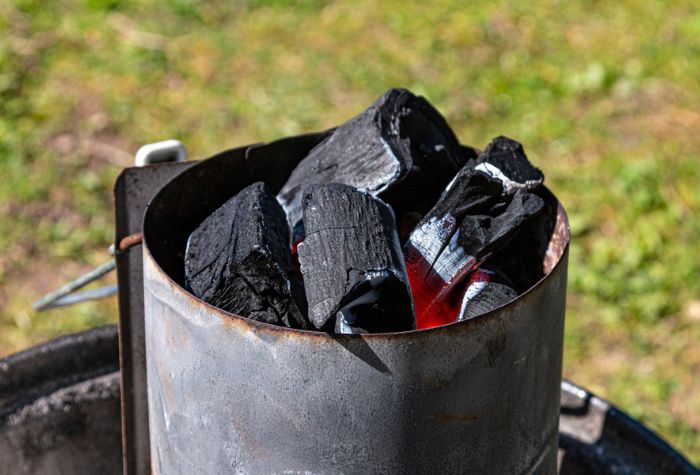
Benefits of Making Your Own Charcoal
There are plenty of benefits to making your own charcoal and using that when grilling instead of charcoal briquettes.
Firstly, homemade lump charcoal is 100% natural and additive free. As long as you ensure the hardwood you use to make it hasn’t been treated with any preservatives (this is highly unlikely anyway), you will get a clean burn.
Since it’s additive-free, lump charcoal produces the delicious and pure smokey flavor that everyone wants. The additives added to charcoal briquettes to help them burn longer/hotter can give foods cooked on the grill a chemical-like taste.
Lump charcoal will burn quicker but also hotter than briquettes, so you can get cooking on it without having to wait for ages for it to get to temperature.
It’s also a lot easier to control the temperature of lump charcoal. Since it’s not burning off any preservatives or chemicals, the only thing fueling the flames is oxygen, and that is easy to adjust/control by using the air vents on your grill.
If cost is a factor, then lump wood charcoal gives you a better burn for your buck than charcoal briquettes. Once you’ve got yourself set up for making your own charcoal at home, it’s an easy process to do time and time again. Plus, if stored correctly, lump wood charcoal will last much longer than charcoal briquettes.
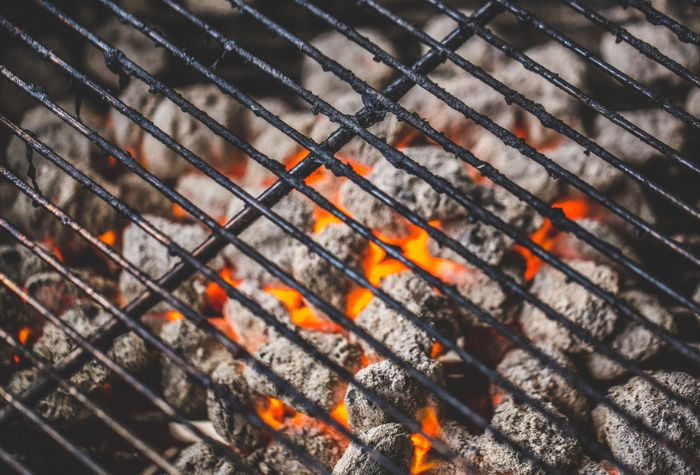
How to Make Your Own Charcoal
Making your own lump wood charcoal at home is an easy and very satisfying process. It just requires a bit of patience and some basic materials and equipment. You will need:
- Hardwood (cut into manageable-sized pieces)
- Large metal barrel with a lid
- Kindling
- Fire protection – gloves, metal poker/long-handled tongs
What Type of Wood is Best for DIY Charcoal?
Hardwoods such as ash, oak, hickory, beech, walnut, and fruitwoods are the best for making DIY charcoal.
Different woods will produce different ‘flavored’ smoke, which is something to consider if you are after charcoal for your smoker over your grill.
Heavier woods such as oak and hickory will produce a strong smokey flavor that would be most associated with the taste of traditional BBQ and smoking. It’s perfect for red meats, pork, and game.
Whereas lighter wood, such as maple or any of the fruit varieties, will produce a softer and sweeter smoke. This is better suited to fish and white meats – anything where you don’t want to overpower the taste of your cooking.
You can find bags of these types of hardwoods in DIY stores, usually sold as fuel for log burners, or you might even find people selling wood locally if they’ve cleared some trees.
If you buy wood from somewhere other than the store, you need to ensure it’s been cured for the appropriate amount of time.
Curing is where chopped wood has been left to dry. Firewood needs to be between 15-20% moisture to burn properly. This is why you see firewood stacked and stored outdoors, usually for at least half a year, to give it sufficient time to dry out.
Step-by-Step Instructions
- Make sure your metal barrel is free from any contaminants. If it had previously been used to store oil or other fluids, it’s a good idea to do a quick and small fire in the barrel to burn any residues off.
- Add your kindling to the bottom of the barrel. Set your kindling burning and let it go until you have some good hot coals and a strong flame.
- Once the kindling fire is going well, add your hardwood layer by layer. Let the first layer catch light before adding the second layer. Carry on until you have filled your barrel.
- When the barrel is full, you want to let it burn until all the wood has caught light and you can see char forming.
- When you can see char forming on the outside of the top layers of wood, it’s time to put the lid on the barrel. Putting the lid on the barrel takes away the majority of the oxygen. The fire will go out, but the wood will continue to smolder.
- The smoldering wood can then be left in the barrel, preferably overnight. It will continue to smolder and char until it runs out of fuel.
- Check the barrel the following day. You want to ensure there are no embers left and the wood is no longer hot. If you see embers glowing when you remove the lid, put it back on and leave it for another few hours.
- When no embers are left, and the barrel and wood are cool, your hardwood is now lump charcoal.
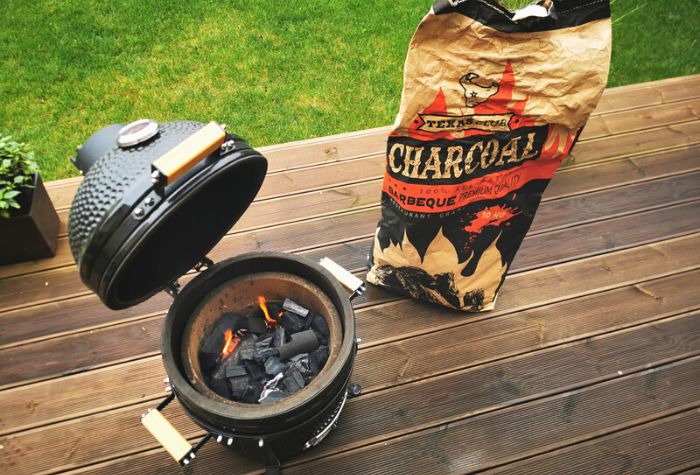
How to Store Charcoal
Don’t neglect taking good care of your charcoal. Good charcoal storage will protect it from the damaging effects of moisture, meaning that it will ignite quickly and burn evenly for a long time. Likewise, protecting it from overexposure to the sun can similarly maintain its burn efficiency while simultaneoulsy reducing the risk of spontaneous combustion.
The best way to store charcoal is in airtight containers or bags, which are then placed in storage that’s free from moisture and direct sunlight. For example, I like to keep my charcoal in a sack (often the bag they came in) which I then seal shut with food clips. I then store the bag in a steel bin, which I then keep in my garage.
FAQ
How long does charcoal last?
As a general rule lump charcoal can have an average burn time of about 4-6 hours, and charcoal briquettes around 8-10 hours. It’s impossible to give an exact time frame as it all depends on how it’s being burnt – if it’s being used at really hot temperatures with a strong airflow, then it’s going to burn quicker. Similarly, if any additives have been added to the charcoal, it can sometimes mean it’ll light and catch quicker but also burn itself out faster.
How long is charcoal good for when stored?
Lump charcoal will stay usable pretty much indefinitely as long as it’s stored correctly in a cool and dry place. Charcoal briquettes should last around 1-2 years if stored away from moisture. The only issue you might run into is with briquettes that have additives or chemicals added to them. These chemicals can denature or lose their potency the longer they are left to sit, the charcoal will still work, but it might not be as quick to light/burn for as long.
Is charcoal bad for the environment?
Yes and no. The burning of anything isn’t particularly good for the environment, but with charcoal it is at least from a renewable energy source. If you want to ensure your charcoal is as eco-friendly as possible, you can buy a brand that is responsibly sourced and made in conjunction with a replanting program. Any trees that are cut down to be turned into charcoal are replaced by new trees, which help absorb carbon from the atmosphere as they grow.
